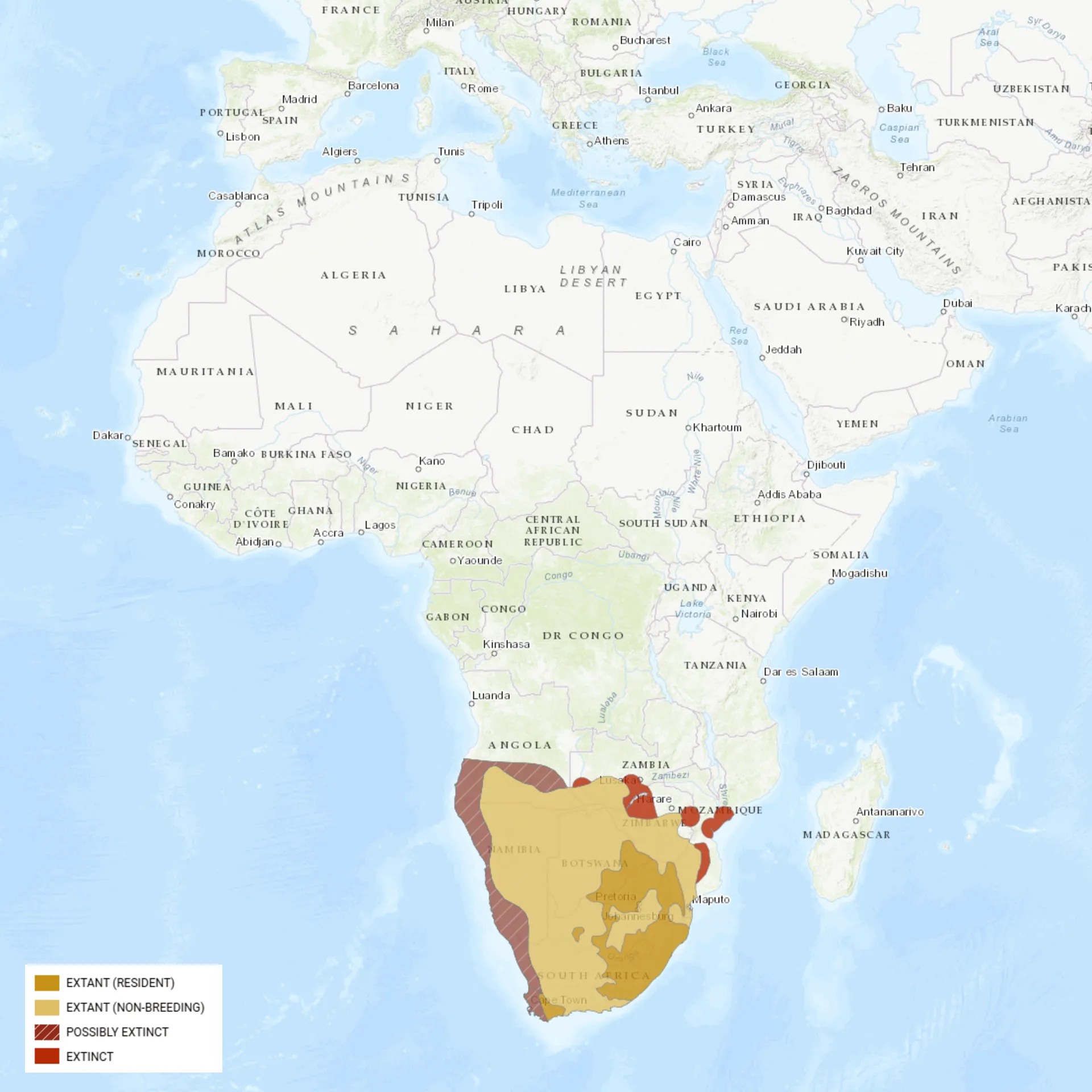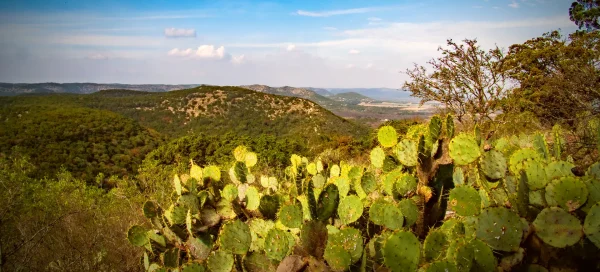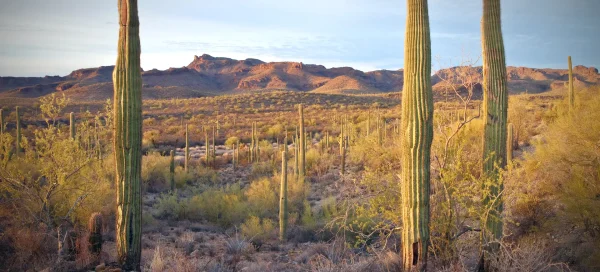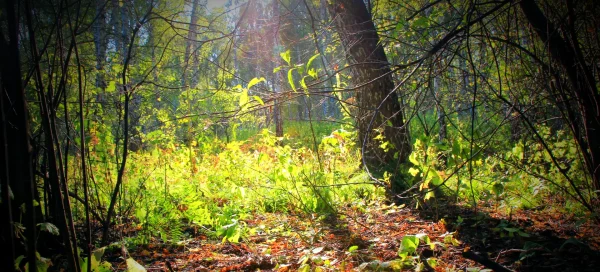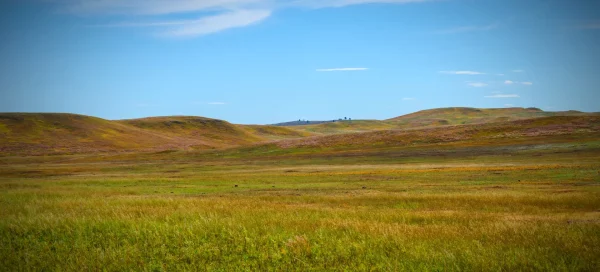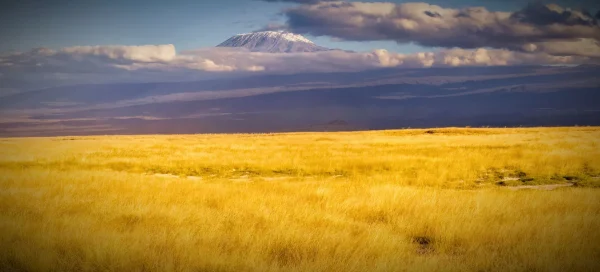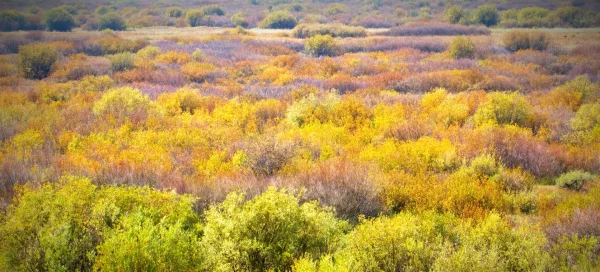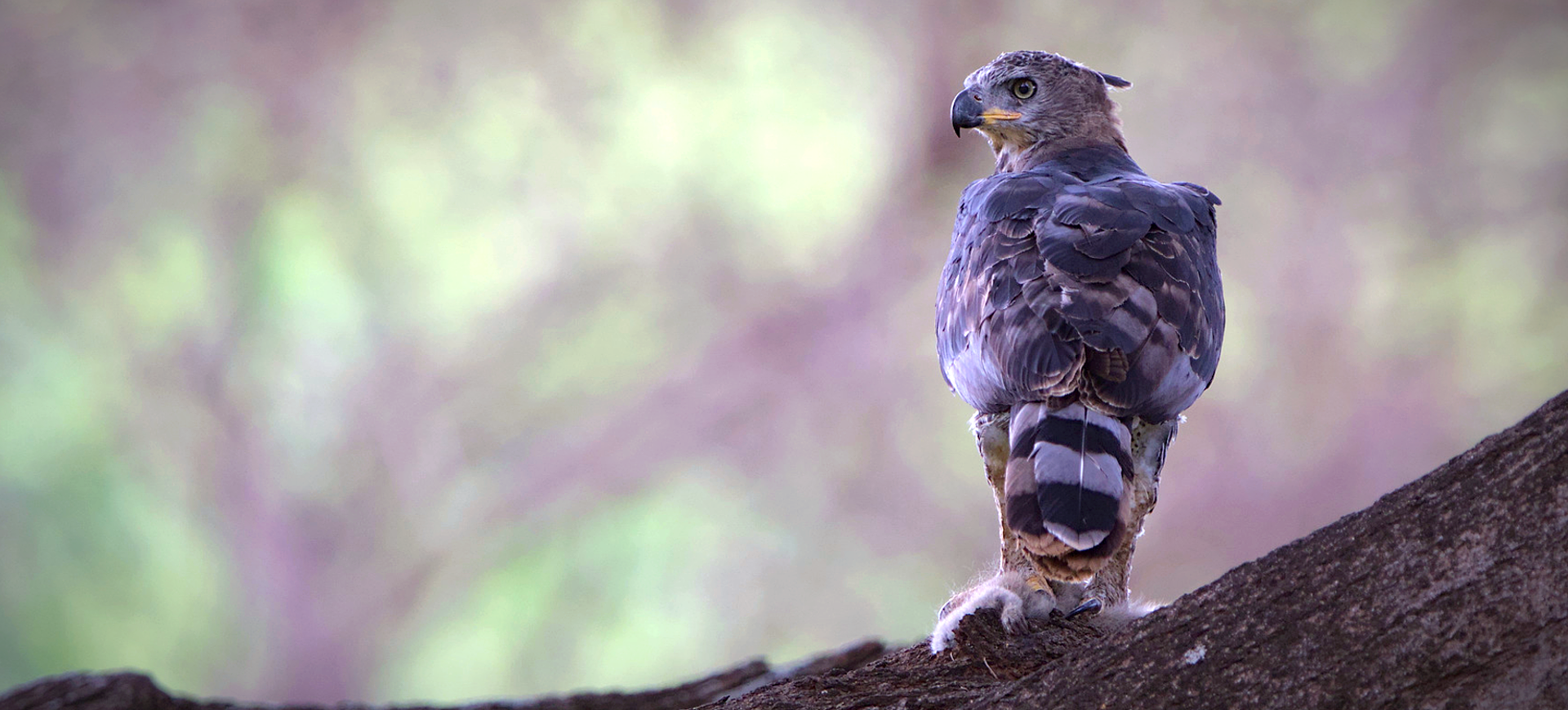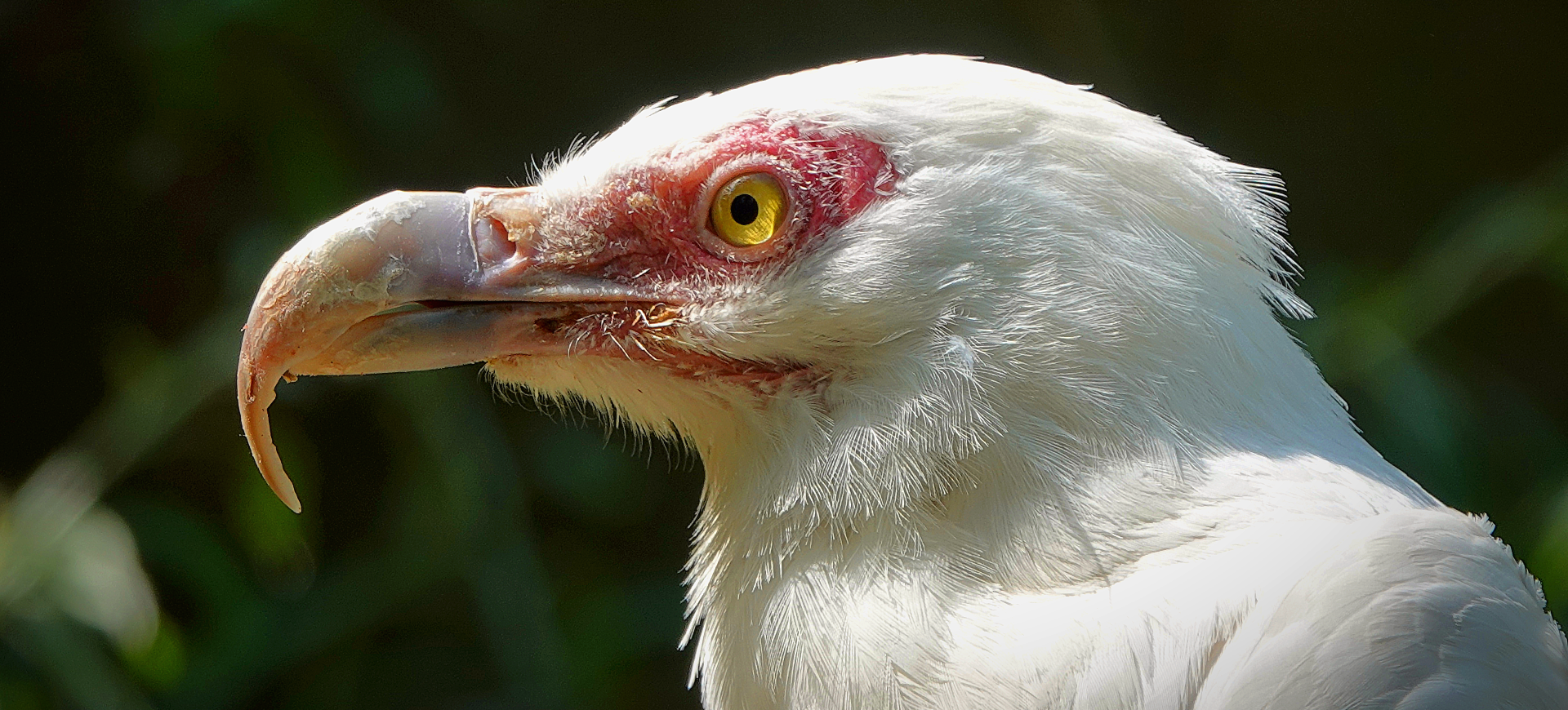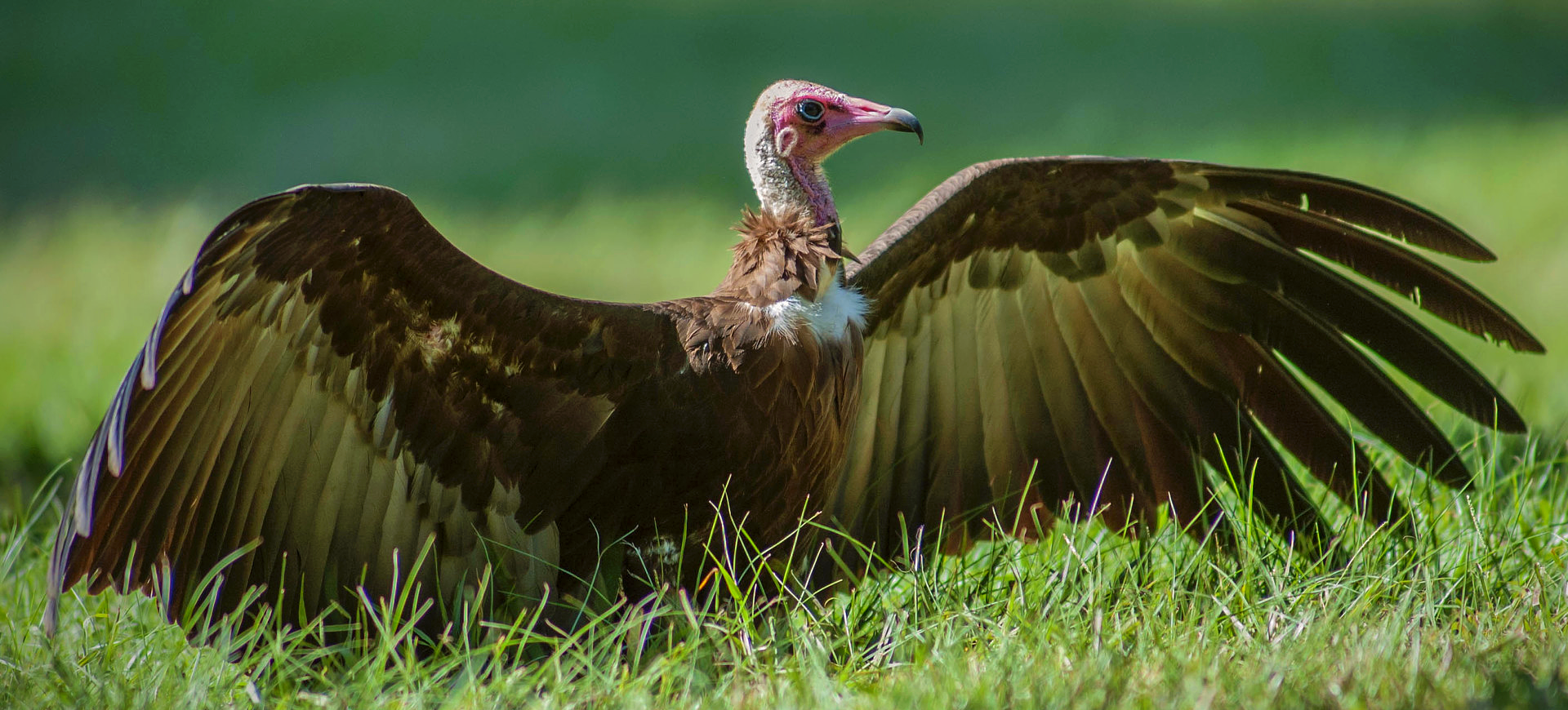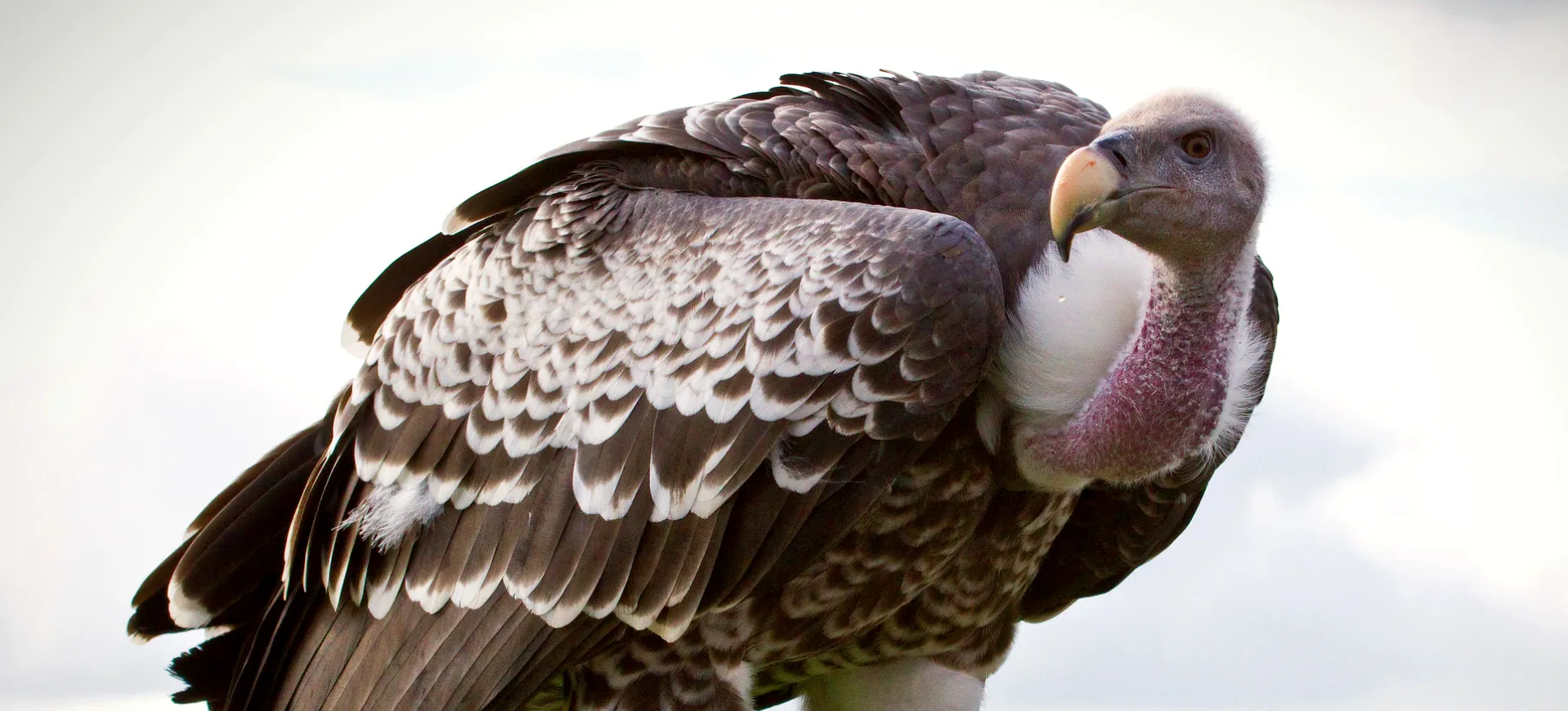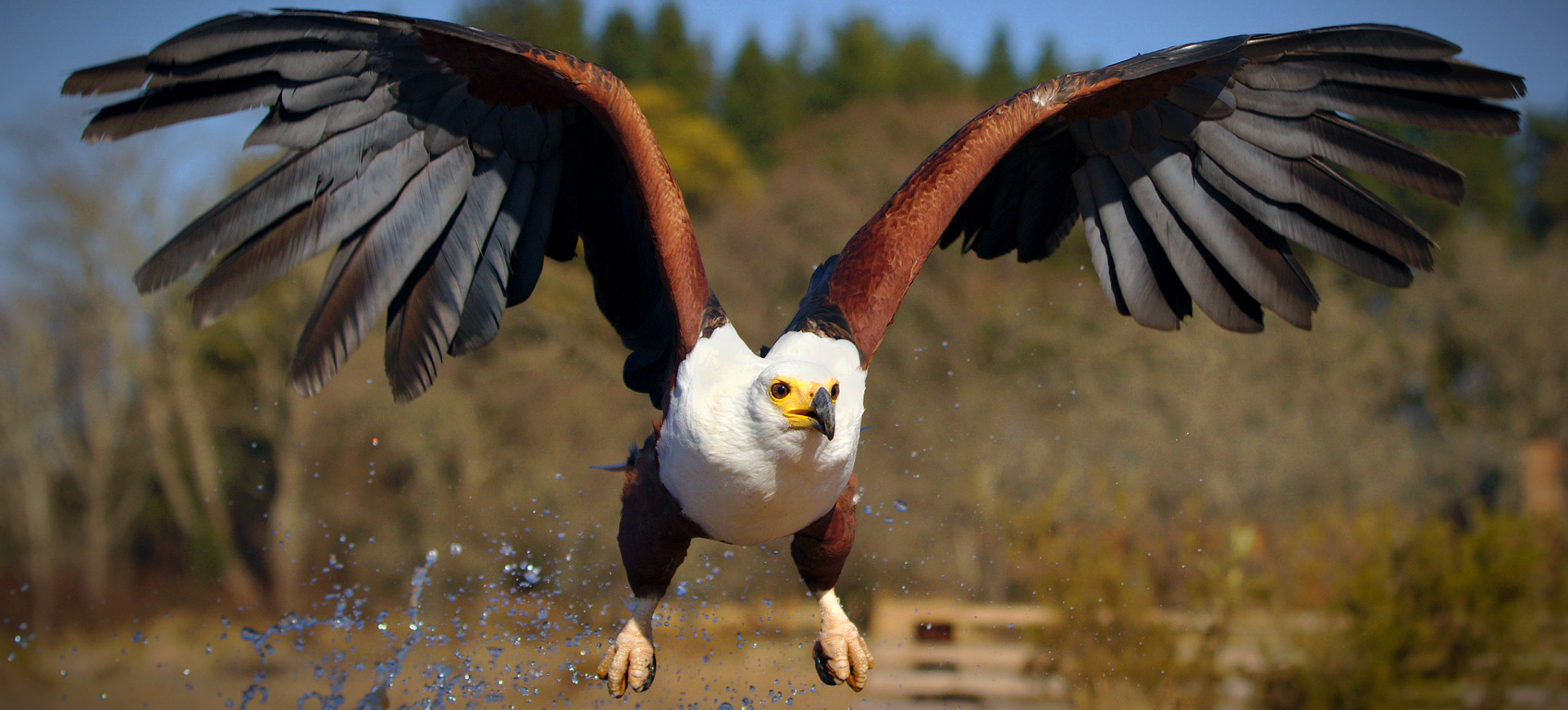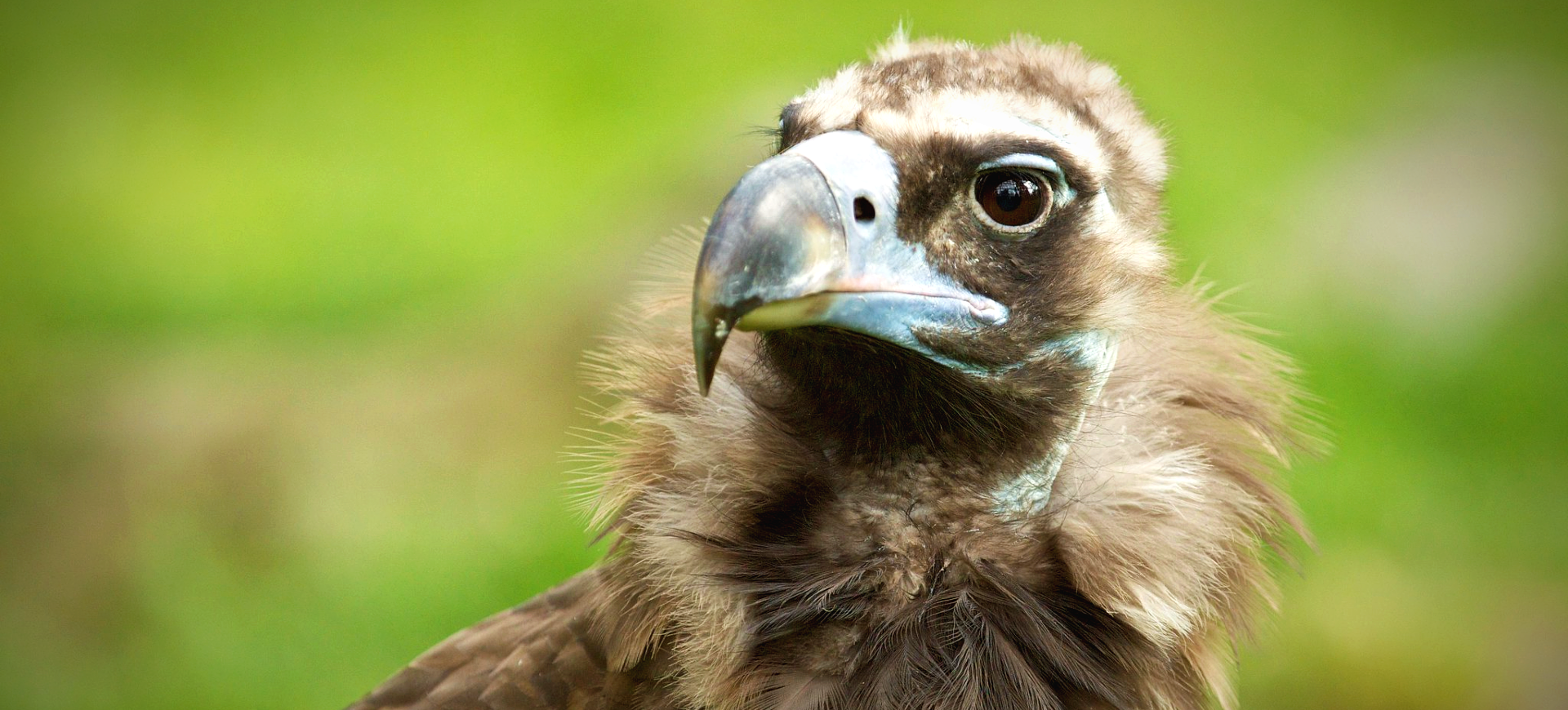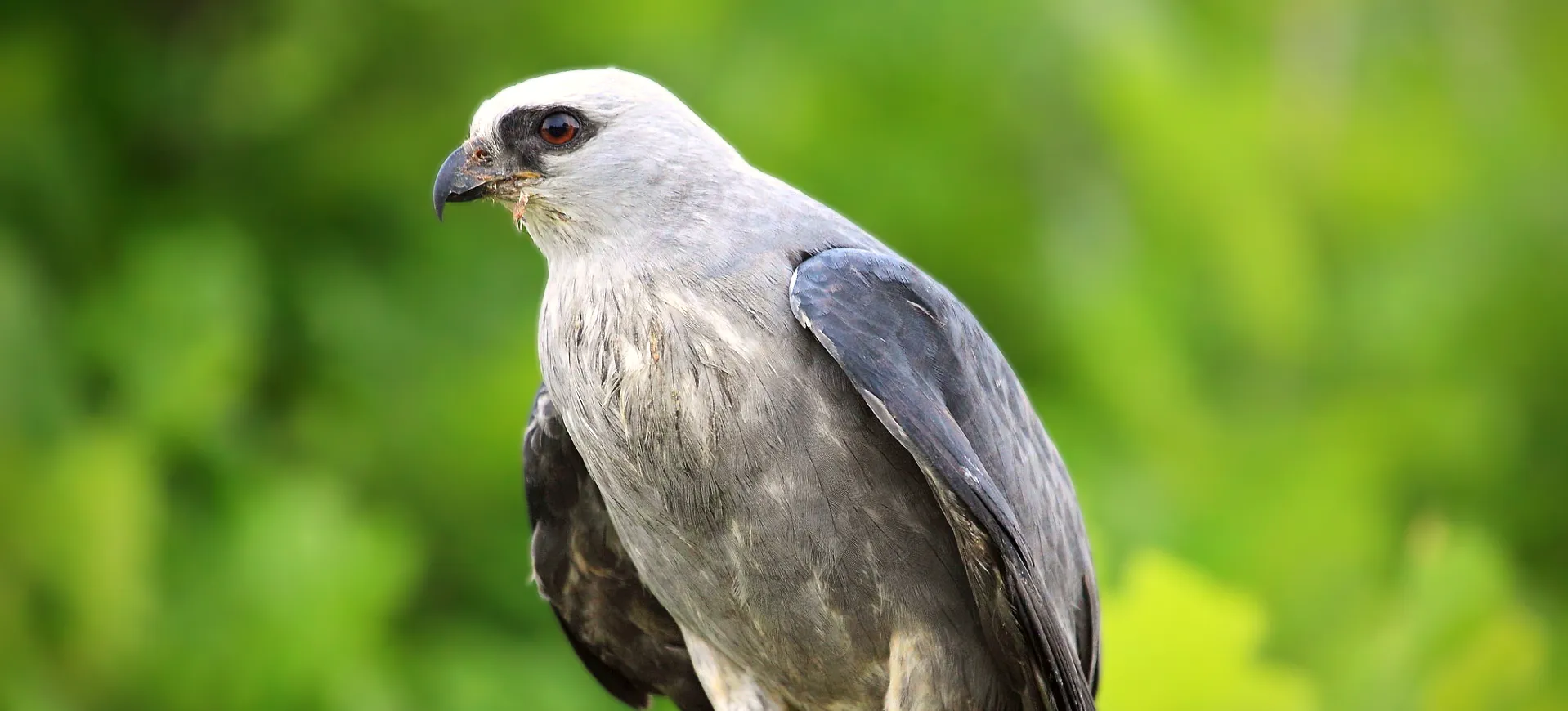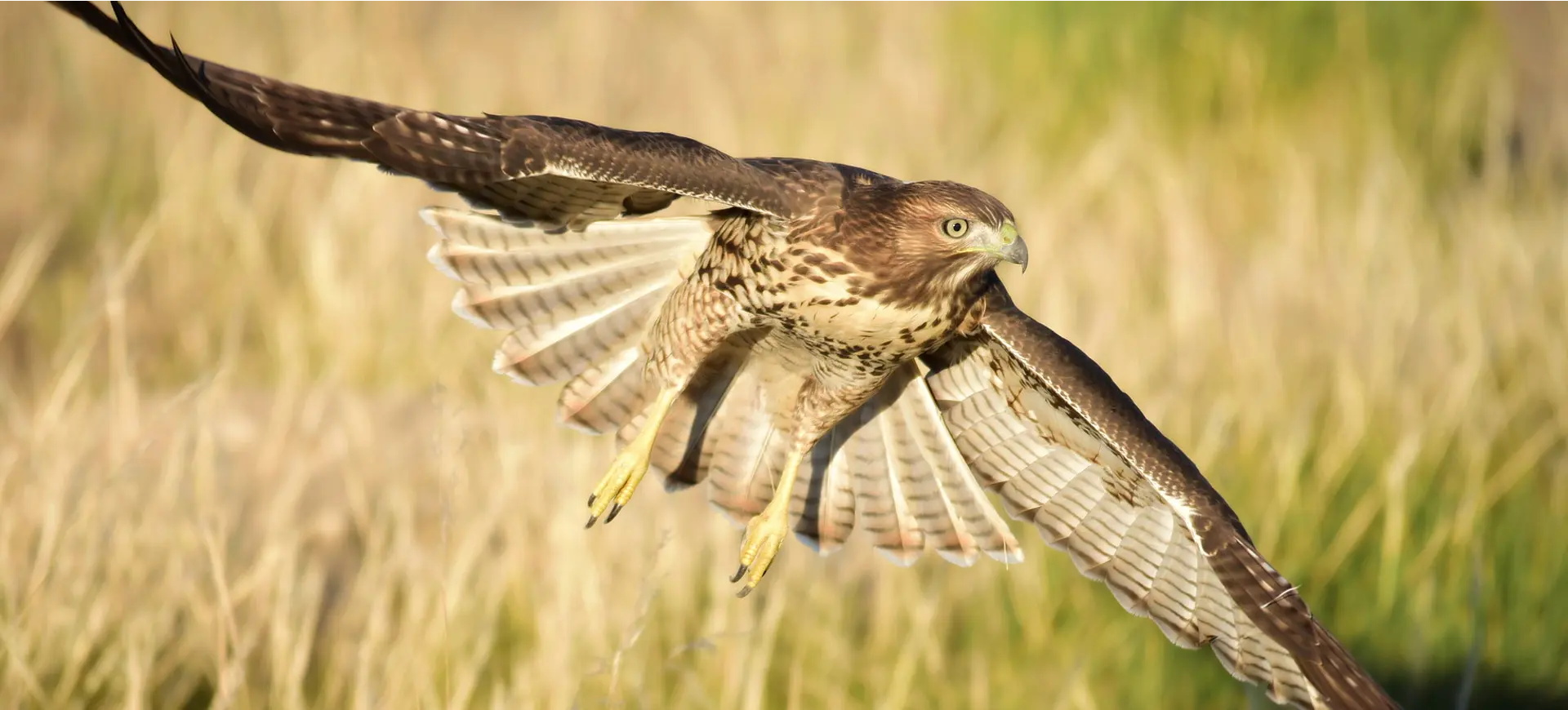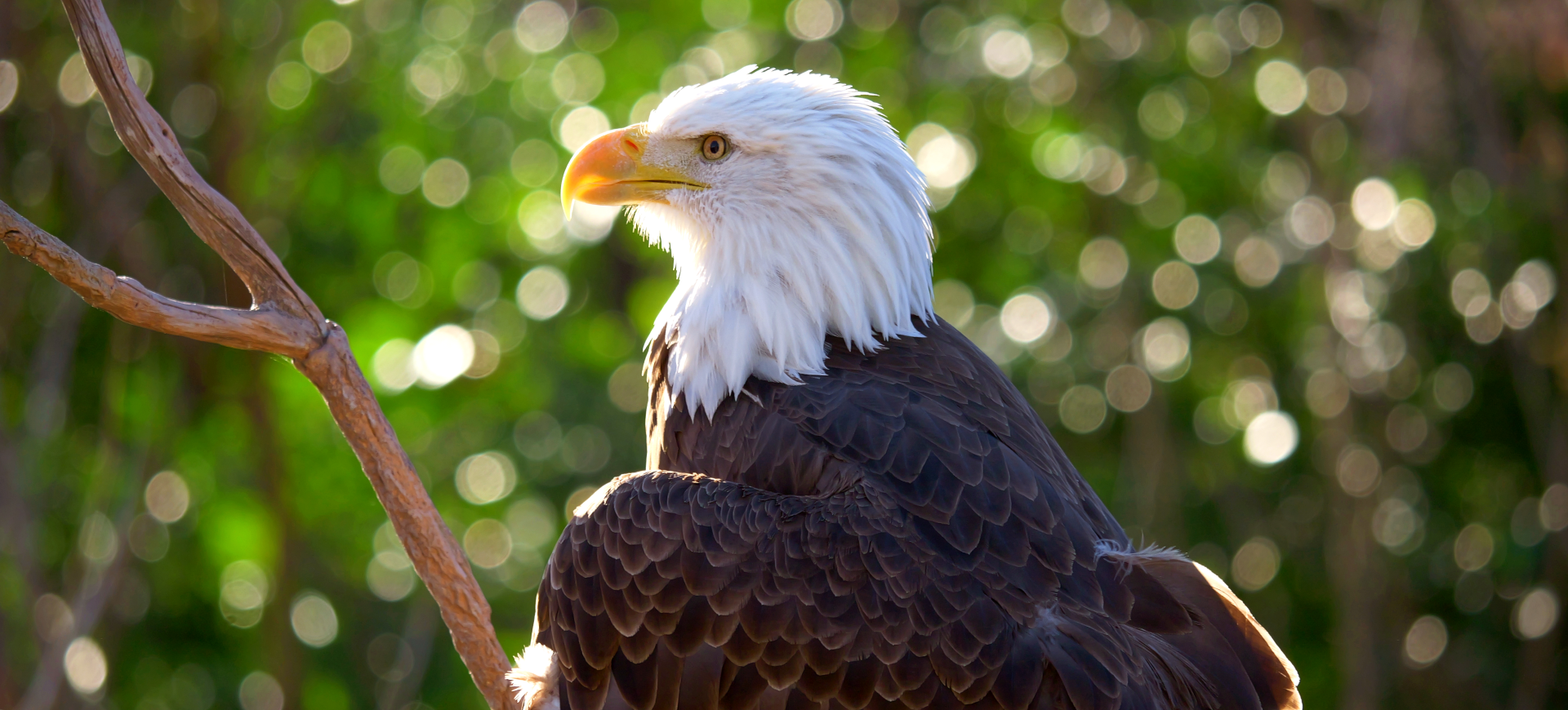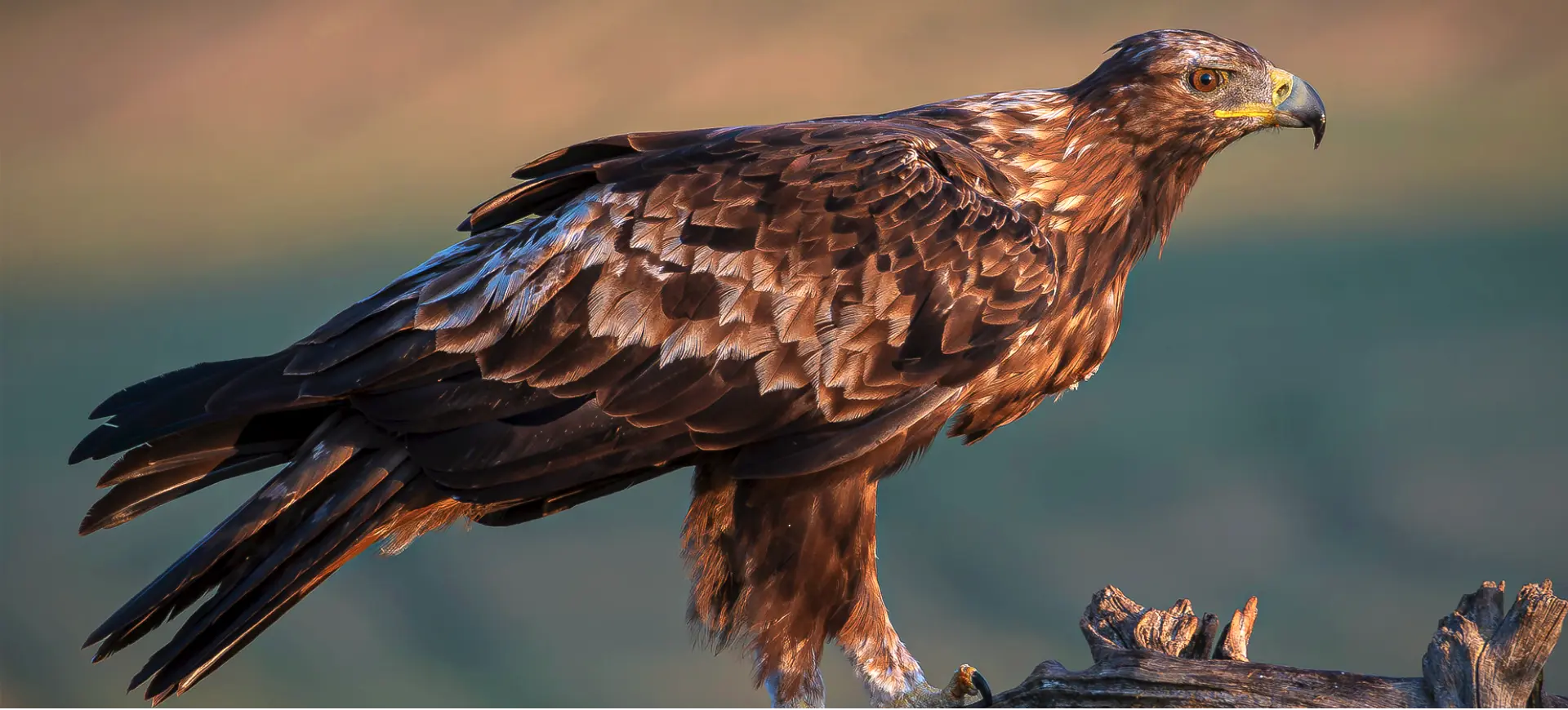Overview
The Cape vulture (Gyps coprotheres) is a large Old World vulture native to southern Africa. It is known for its impressive wingspan and critical role as a scavenger. This species primarily inhabits mountainous and open grassland regions, relying on thermal updrafts to soar for long distances in search of carrion. It has a pale cream-colored body, a bald bluish-gray head, and a distinctive ivory-colored beak adapted for tearing flesh. As a social bird, it is often seen in large groups around carcasses and at communal roosting and breeding sites.
Cape vultures are specialized scavengers that play a crucial role in their ecosystems by cleaning up carcasses and preventing the spread of disease. Their highly developed eyesight allows them to locate food from great heights, and they often follow other scavengers to feeding sites. Despite their importance, their populations have declined due to habitat loss, poisoning, and reduced food availability. Conservation efforts, including vulture restaurants and breeding programs, have been implemented to help stabilize their numbers.
These vultures nest on cliffs, forming large breeding colonies that provide safety from predators. They exhibit strong site fidelity, returning to the same nesting areas year after year. Breeding pairs produce only one chick per year, slowing their population recovery when faced with threats. Due to ongoing population declines, the Cape vulture is classified as Endangered, requiring continued conservation efforts to ensure its survival.
Taxonomy
Kingdom
Phylum
Class
Order
Family
Genus
Species
Type
Current distribution:
Cape vultures are native to southern Africa, with populations in South Africa, Lesotho, Eswatini, Botswana, Namibia, Zimbabwe, and Mozambique. Their strongholds are in the Drakensberg Mountains and other highland regions, where they nest and roost on cliffs. They also range into agricultural areas, where they scavenge on livestock carcasses, though this exposes them to threats like poisoning. While their range was once larger, habitat destruction and declining food availability have reduced their overall distribution.
They are considered resident birds, meaning they do not migrate but will travel long distances for food. Their populations have been declining due to threats such as poisoning, electrocution from power lines, and illegal harvesting for traditional medicine. Conservation programs, including supplementary feeding stations (vulture restaurants), have been established to provide safe food sources. Despite these efforts, continued habitat protection and anti-poisoning measures are crucial for maintaining their population.
Physical Description:
The Cape vulture is a large and powerful bird with broad wings and a relatively short tail, making it well-suited for soaring. Its body is covered in pale cream to light brown feathers, while the neck and head are featherless, revealing bluish-gray skin. The bare skin helps prevent bacteria from accumulating while feeding on carrion and aids in thermoregulation. It has a strong, hooked ivory-colored beak designed for tearing through tough hides and muscle.
The wings are large and broad, contrasting dark flight feathers against the lighter body plumage. Juveniles are darker in color with brownish tones, gradually developing the characteristic pale coloration as they mature. Their legs are strong with sharp talons, but unlike predatory raptors, they are not used for hunting, as Cape vultures rely entirely on scavenging. Their piercing, yellowish eyes give them excellent long-range vision, essential for locating carcasses from the air.

Lifespan: Wild: ~25 Years || Captivity: ~30 Years

Weight: Male: 19–26 lbs (8.5–12 kg) || Female: 18–25 lbs (8–11.5 kg)

Length: Male: 40–45 in (102–114 cm) || Female: 38–43 in (97–109 cm)

Height: Male: 37–40 in (94–102 cm) || Female: 35–39 in (89–99 cm)

Wingspan: Male & Female: 98–103 in (249-262 cm)

Top Speed: 79 mph (127 km/h)
Characteristic:
Native Habitat:
Cape vultures prefer open landscapes such as savannas, grasslands, and mountainous regions, where they can easily spot carcasses. They are most commonly found in South Africa, Lesotho, Botswana, Namibia, and Zimbabwe, often nesting on cliffs that protect them from predators. These vultures rely on thermal updrafts to remain airborne with minimal energy expenditure, making high-altitude regions ideal for soaring. Their dependence on large ungulate populations means they thrive in areas with abundant wildlife or livestock.
Breeding colonies are established on sheer cliffs, where multiple nests are built close together. These sites are selected for security as they are difficult for ground predators to access. Although they primarily inhabit natural environments, they have adapted to human-altered landscapes, often scavenging near farms and roadsides. However, they avoid dense forests and desert regions with scarce food sources and suitable nesting sites.
Biomes:
Biogeographical Realms:
Continents:
Countries:
Diet:
Diet & Feeding Habits:
Cape vultures are obligate scavengers, feeding exclusively on the remains of dead animals. They prefer large ungulate carcasses such as those of antelopes, zebras, and livestock, relying on their sharp beaks to tear apart flesh and muscle. Their presence at a carcass is often preceded by smaller scavengers like jackals or other birds, which open the carcass first. They consume nearly every part of a carcass except for bones, crucial in reducing disease transmission in their ecosystems.
They locate food primarily by soaring high above the landscape and watching for the behavior of other scavengers. Once a carcass is spotted, they descend in large numbers, often engaging in aggressive competition with other vultures and scavengers. They drink water when available but can go for long periods without it, obtaining moisture from their food. In captivity, they are fed a diet of fresh meat and carrion to simulate their natural diet.
Mating Behavior:
Mating Description:
Cape vultures form monogamous breeding pairs, with both parents involved in raising the single chick they produce each season. Breeding occurs on cliffs, where nests are built from sticks and lined with soft grass and fur. The female lays one egg, which is incubated for about 55 days by both parents, who keep it warm. Once the chick hatches, it is fed regurgitated food and cared for by both parents until it fledges.
The chick remains dependent on its parents for several months after leaving the nest, gradually learning to forage independently. Juveniles often stay near their natal colonies before dispersing to find their own territories. Cultures reach sexual maturity at about five to six years of age, making their population slow to recover from declines. Their high parental investment means any loss of breeding adults can significantly impact local populations.
Reproduction Season:
Birth Type:
Pregnancy Duration:
Female Name:
Male Name:
Baby Name:
Social Structure Description:
Cape Vultures are social creatures, often seen in large groups, especially when feeding. While they roost and nest in colonies, they don’t necessarily hunt in groups but rely on spotting other birds that have found a carcass and then swooping in to share the bounty. This behavior is an excellent demonstration of their social structure, where individual vultures benefit from group behavior.
The hierarchy within a feeding group is usually determined by size, with the larger, more dominant birds feeding first. Their colonies are also thought to provide a form of information exchange where the birds can observe each other’s behavior to locate food sources.
Groups:
Conservation Status:
Population Trend:
The Cape Vulture population is severely threatened, with less than 12,000 mature individuals believed to exist in the wild. The primary cause of the decline is a decrease in food availability due to changes in livestock farming and the availability of carrion. Illegal poisoning is another major threat, as farmers often lace carcasses with poison to kill predators, leading to mass vulture deaths.
Furthermore, collisions with electricity cables and wind turbines are a significant cause of mortality. The species is also targeted for belief-based use, such as traditional medicine in some cultures. Its reliance on cliff-face breeding colonies also makes it vulnerable to habitat degradation and disturbance.
Population Threats:
The Cape Vulture faces numerous threats that have significantly contributed to its population decline. These threats include habitat destruction, illegal poisoning, collision with power lines and wind turbines, lack of food due to changes in livestock farming, and harvesting of traditional medicine.
In addition, disturbance of breeding colonies by recreational climbers and habitat degradation are other vital factors that adversely affect the species. Climate change will also likely impact their feeding and breeding patterns, adding to the existing threats.
Conservation Efforts:
Several conservation efforts have been implemented to protect the Cape Vulture. These include monitoring population trends and breeding success, protecting breeding colonies, and providing supplementary feeding at vulture restaurants to offset the decrease in natural food sources.
Various organizations have also undertaken power line and wind turbine mitigation efforts to reduce the number of vulture deaths caused by these structures. Additionally, there are ongoing education and advocacy programs to reduce the use of vultures in traditional medicine and promote vulture-friendly farming practices.
Additional Resources:
Fun Facts
- Cape Vultures have a highly acidic stomach, capable of digesting rotting meat and killing any bacteria or viruses it may contain.
- They have a relatively long lifespan and can live up to 30 years in captivity.
- Unlike most birds, vultures have a keen sense of smell which they use to locate carcasses from great distances.
- A Cape Vulture can eat up to 1.5 kilograms of meat in a single meal and go for several days without eating again.
- Juvenile Cape Vultures have darker plumage than adults, and it takes up to seven years to get their full adult coloration.
- Cape Vultures have a specialized tongue that strips the meat from bones.
- A group of vultures is called a “venue” at rest and a “kettle” in flight.
- Cape Vultures can fly at altitudes of up to 10,000 feet and travel over 200 kilometers daily in search of food.
- They are monogamous birds that mate for life.
- Despite their fearsome reputation and appearance, Cape Vultures are timid and would rather flee than fight.


